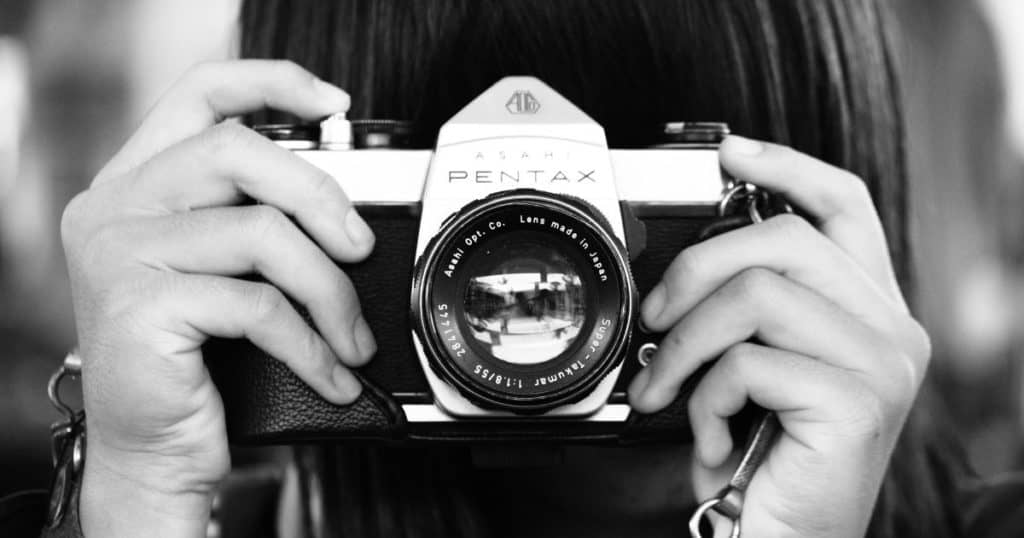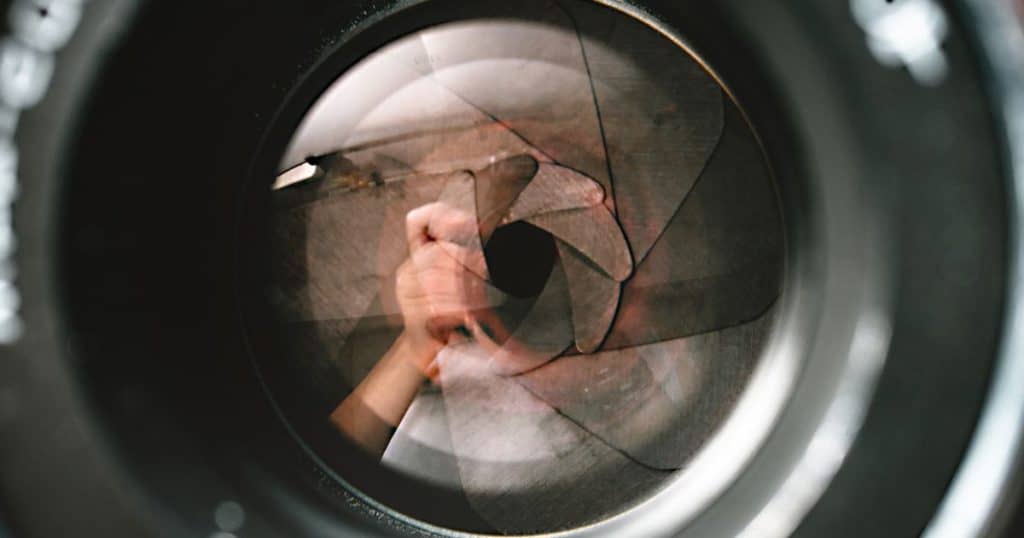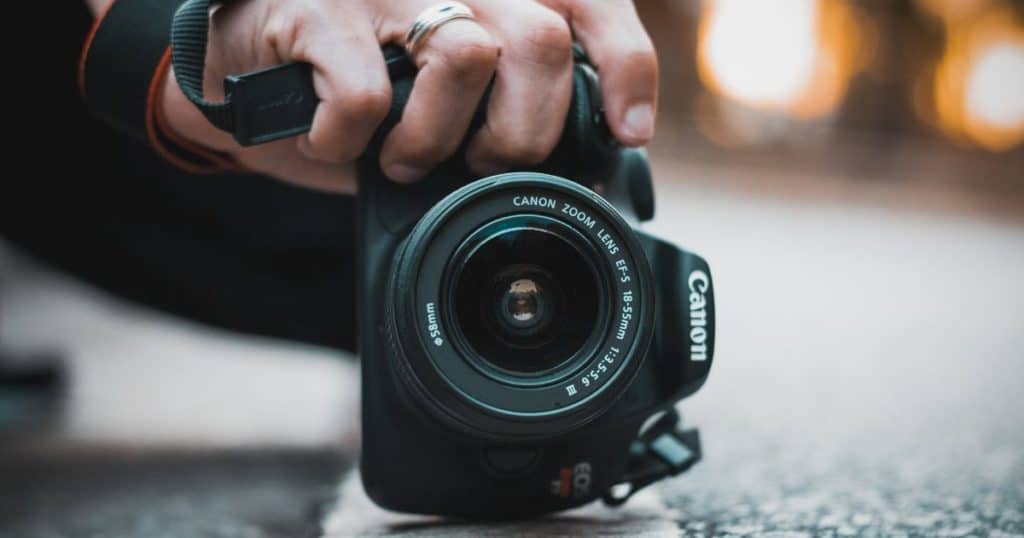Are you a street photographer trying to learn the ins and outs of your camera gear? If so, getting comfortable with aperture is an essential step in creating beautiful photos. But what exactly is aperture – and how can you make sure you’re using the best setting for street photography?
While some may assume that any aperture will work for street photography, experienced photographers know that selecting the right one is pivotal. Read on to discover the best aperture for street photography!
Understanding Aperture in Photography

Several technical aspects of photography play a vital role in capturing the perfect shot. One such element is aperture. In simple terms, aperture refers to the opening in the lens that controls the amount of light that enters the camera. Essentially, the wider the aperture, the more light is let in, and the smaller the aperture, the less light is let in.
However, aperture is not just about controlling light. It also plays a major role in creating depth of field, which is what makes your subject stand out from the background.
So, in essence, aperture is like a magician. It can make your photos look like they were taken by a professional or leave you wondering what went wrong. Therefore, as a photographer, it's important to have a good understanding of aperture and how it works.
Why Aperture Is Important for Street Photography
The aperture is an essential component of the depth of field. By adjusting your aperture, you can control how much of your scene is in focus. For example, a wide aperture (small f-stop number) creates a shallow depth of field, which blurs the background and isolates the subject.
Meanwhile, a narrow aperture (large f-stop number) results in a deep depth of field, which keeps everything in focus from front to back. This means that by adjusting your aperture, you can create different moods and emphasize the subject within your frame.
Another reason why aperture is so critical for street photography is that it controls the amount of light that enters your camera. When shooting in low light conditions, you can use a wide aperture to let in more light and create a brighter exposure. Conversely, a narrow aperture can help you control overexposure and generate a more natural, balanced shot.
Aperture also plays a crucial role in determining the amount of bokeh, the pleasing blur that appears in the out-of-focus areas of an image. By using a wide aperture, you can create a beautiful bokeh effect that adds depth and visual interest to your photo.
What Is the Best Aperture for Street Photography?

After conducting extensive research and testing, we've found that the best aperture for street photography is generally f/5.6 or f/8. But why is that the sweet spot for capturing the best street photo moments?
First, a low aperture (large f-stop number) is a no-go in street photography. It lets in almost no light, causing your photos to come out blurry and poorly exposed. On the other hand, a high aperture (small f-stop number) may cause your photos to have the entire scene in focus, which may not always be desirable.
F/5.6 and f/8 strike the perfect balance between depth of field and image sharpness. By setting your aperture to this range, you can ensure that your subject is in focus while simultaneously creating a pleasing background blur.
However, there are situations where you might want to deviate from this standard. For example, if you're shooting in low-light conditions, you may need to open up your aperture to a wider setting, such as f/1.8 or f/2.8, in order to let in more light and avoid motion blur.
Similarly, if you're trying to capture a particularly busy street scene with lots of people and movement, you may want to close down your aperture to f/11 or f/16. This will increase your depth of field, making it easier to capture multiple subjects in sharp focus.
Of course, aperture is just one of many factors that go into creating a successful street photograph. So, the next time you're out and about with your camera, experiment with different apertures and see what works best for you.
Other Street Photography Settings

Here are some street photography tips that will turn you into an expert in no time:
ISO Settings
In street photography, a higher ISO number is often necessary to capture the fast-moving action without blurring the image. The downside is that a higher ISO can also introduce digital noise or grain into your photo. However, embracing the noise can actually add a gritty and raw feeling to your street photography.
For those sunny days, ISO 400 is the way to go, while light shade calls for a bump up to 800. For the nighttime shots, don't be afraid to crank it up to ISO 3200 or even 6400 for the early evening into night.
Shutter Speed
Have you ever wondered how photographers capture those stunning action shots? Well, the secret lies in shutter speed! Shutter speed refers to the amount of time the camera's shutter stays open to allow light to hit the camera's sensor.
A faster shutter speed, like 1/500th of a second, is great for freezing motion – think a biker whizzing past or a dog catching a frisbee. But if you want to convey a sense of movement, a slower shutter speed, like 1/30th of a second, can create beautiful blur trails that add a dynamic energy to your image.
Exposure Modes
During the day, we highly recommend shooting in Aperture Priority mode. This lets you control the depth of field and keep your subject in focus while the camera calculates the correct exposure.
At night, you'll want to switch to Manual mode. This gives you complete control over your exposure settings and lets you capture those stunning city lights without overexposing your shots. Just remember to keep your shutter speed high enough to avoid unwanted blur from camera shake.
Focus Mode
As a street photographer, you want to be able to capture the moment and the essence of the scene as quickly and accurately as possible. That's why manual focus mode, specifically zone focusing, is the way to go.
Not only will you be able to achieve sharper and more precise images, but you will also have more control over your camera and your shot. With manual mode, you can adjust your focus point to reflect the distance of your subject, and with zone focusing, you can pre-set a certain range of distance that will be in focus.
This translates to faster reaction times and more opportunities to capture that perfect shot.
Final Thoughts
In conclusion, the best aperture for street photography depends on the effect you want to create. For most situations, f/5.6 and f/8 are great choices, as they offer a good balance between depth of field and sharpness.
However, don't be afraid to experiment with other aperture settings to create unique, compelling images. With the right aperture and a little bit of creativity, you can capture amazing street photos that tell a story and transport viewers to the heart of the city. Happy shooting!
